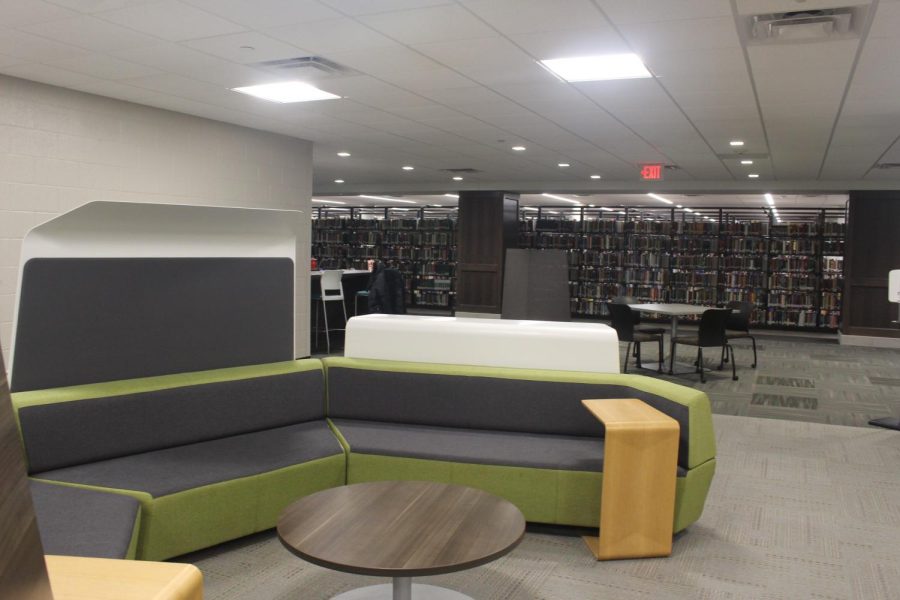Improving Student Well-Being by Implementing Nap Stations
November 17, 2022
It is fairly common for college students to miss out on a full eight hours of sleep at night. Assignments, studying, jobs, and daily chores can all get in the way of a student’s healthy sleep schedule. Research shows that not getting enough sleep at night can affect academic performance and a student’s ability to complete their work to the best of their ability. Of course, it is difficult to focus on class when you are exhausted and thinking about when you will be able to go to sleep.
Missing out on sleep at night can put a damper on your day, especially if you do not have the time to nap. If you do, however, have the time to nap, what you might be missing is the place to do so. Some students have busy schedules, meaning they do not have enough time in between classes to make it home, take a nap, and make it back to class. However, they may have enough time to nap if they can stay on campus.
An interesting concept that has been picked up by a few companies and universities is the addition of nap pods in the workplace and on campus. The University of Miami and Washington State University have implemented sleep areas with the use of nap pods from a company called MetroNaps. MetroNaps claims to be the home of the world’s first nap pod, with other companies now following suit. These pods resemble covered lounge chairs, with the feet elevated and the head and part of the torso covered by a circular sphere to block out light and provide privacy. These high-tech pods come equipped with a built-in speaker so the user can play soft sounds or music to block out extraneous noise. The pods also feature a gentle alarm, with the combination of lights, music, and soft vibrations working to wake the user up from their nap in a calming way.
All this might sound enticing, but a major downside of these pods is their hefty price tag. They can run anywhere from $8,000 to $13,000. While practical and affordable for large companies such as Google, they may not be the best option for college campuses. Having multiple users call into question cleanliness and the expensive price may cause those in charge to reconsider the use of limited funds for something else. However, the idea of having a place to crash on campus still has merit. If not expensive, high-tech pods, then what?
In Japan, there exists a concept known as the capsule hotel. If you are unfamiliar, the capsule hotel is essentially a small collection of pods or rectangular boxes roughly the size of a single bed. The pods are stacked, side-by-side and around two units high, with some sort of ladder or stairs leading to the upper level. The pods typically consist of a very simple bed with one pillow, a sheet, and some sort of place to store small personal items. They can be locked from the inside only, and usually provide a shade or curtain for privacy.
These pods are exceptionally space efficient, and I think they would work in universities. Bringing the capsule hotel to a college campus with the intention of using them for nap pods comes with plenty of challenges. However, I believe with a little creativity, these challenges could be overcome. Several things would have to be considered. Using a vinyl mattress with no linens for easy sanitation, including a pillow, making them reservable, deciding how they will be monitored, and many smaller details would have to be sorted out. There are also a couple clear critiques of these pods. For instance, they do unfortunately bring to mind the general set up of a morgue. They are also not conducive to students who experience claustrophobia. Many students, especially those who live off-campus, could find the pods to be a dependable place to grab a quick nap during their busy days, making them worth the hassle.
While the capsule hotel is not a perfect solution to sleep deprivation among college students, it certainly is a compelling one. If UND were to consider adding these pods, they would have obstacles to overcome. However, the pods have the potential to improve the quality of life among college students which is always something to be considered.
Gabrielle Bossart is a Dakota Student Reporter. She can be reached at gabrielle.bossart@und.edu.


